If you’re new to needle felting, there are a few decisions you may want to consider before purchasing wool, supplies, or tools. The first thing to figure out is do you want to try 2D or 3D needle felting?
What’s the difference?
2D needle felting is typically done on a fabric base. Felt, linen, canvas and wool wovens are popular choices. You layer thin amounts of wool and needle felt them in place. You can use it to create everything from photorealistic pictures to geometric patterns on a tote bag or pillow cover. Many 2D needle felted pieces are framed in embroidery hoops for hanging or displaying on an easel.
3D felting is sculptural. You build a piece by creating a wool core or base. It may include a wire armature to support the wool. Then, you needle felt shapes and layers on top of the base to refine and add details to your overall structure. The final layers are usually thinner, finer wools in beautiful colors. The finished pieces stand on their own or can be hung like ornaments.
Why do you need to pick 2D or 3D?
The needle felting techniques you learn are different. 2D works better with specific wool preparations, the stabbing surfaces for 2D and 3D vary, and your reference photos or sketches will need to be more comprehensive for 3D.
They are different approaches and expressions of space. In 2D work, you may need to consider perspective and foreshortening. In 3D, you’ll consider how your object looks from every angle, up close, and at a distance.
How should you choose?
First, how do you think or enjoy working? Do you like using your hands to build or sculpt things? Have you worked with clay or papier-mâché in the past? Then, you might prefer 3D needle felting. If you prefer drawing, painting, illustration or embroidery, 2D needle felting may feel more natural.
Do you already have some fiber or supplies you want to use? If you have carded wool, you can use it for 2D or 3D. If you have combed top, roving, core wool, or locks, they take some work to prepare for 2D but are perfect for 3D.
With 2D felting, you’ll need a flat piece of foam or something similar to lay your fabric on as you needle felt into it. For 3D, you can work on foam, a fabric pouch filled with rice or buckwheat, a wool pad, or a felting brush.
You might also want to consider what you intend to do with your finished pieces? For instance, are you making pieces to keep, to give as gifts, or to sell? If you’re selling them, which format would your customers prefer? How will you package and ship the finished pieces?
Finally, needle felting artists tend to specialize in teaching either 2D or 3D. If you have a favorite artist you want to learn from, does what they offer align with your answers to the questions above?
If you’re still not sure which type of needle felting is right for you, check out my Inspiring 2D Needle Felting and Inspiring 3D Needle Felting Pinterest boards. They might help you decide.
And you can always start with one and try the other one later! If that’s your plan, you may want to start with 2D. Almost everything you learn in 2D can be applied to 3D. But not vice versa.
Last Updated on January 18, 2025


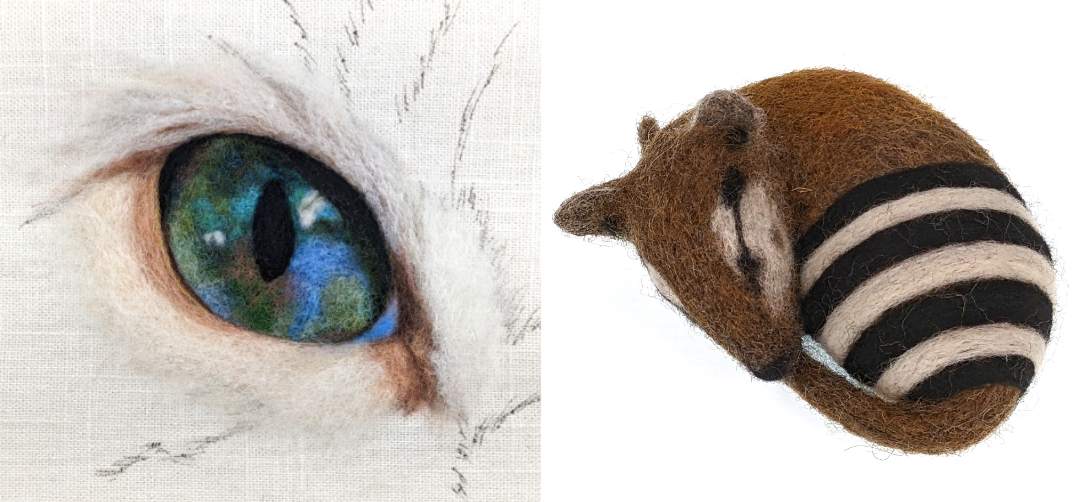
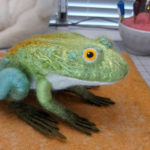

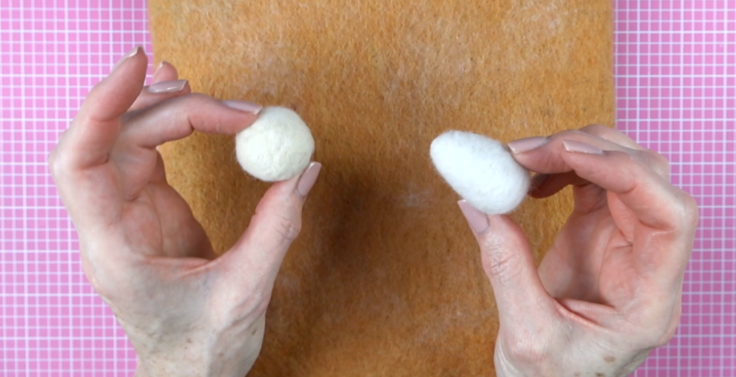 Basic shapes in needle felting: your foundation for fluffy creations (FAQ #5 video)
Basic shapes in needle felting: your foundation for fluffy creations (FAQ #5 video) 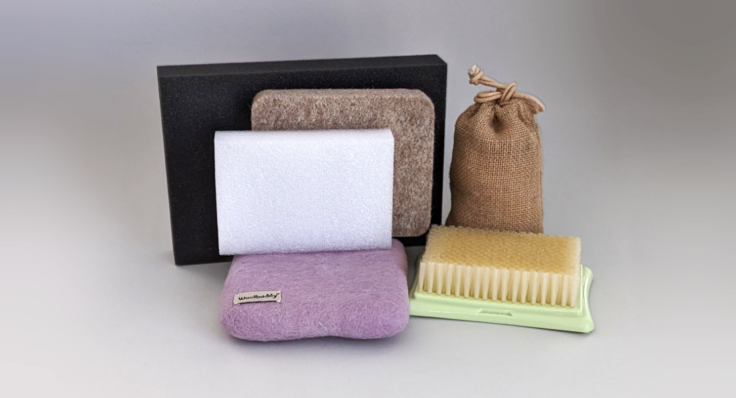 Choosing the right needle felting mat: a comprehensive guide (FAQ #4 video)
Choosing the right needle felting mat: a comprehensive guide (FAQ #4 video) 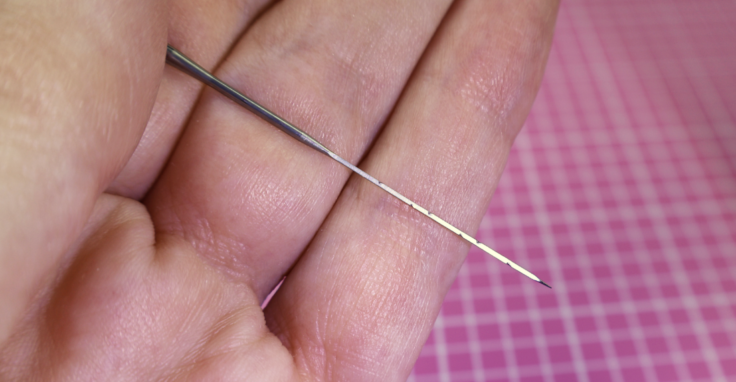 Needle felting needles: a comprehensive guide (FAQ #3 video)
Needle felting needles: a comprehensive guide (FAQ #3 video)  Ditch the overwhelm: essential needle felting supplies for beginners (FAQ #2)
Ditch the overwhelm: essential needle felting supplies for beginners (FAQ #2)